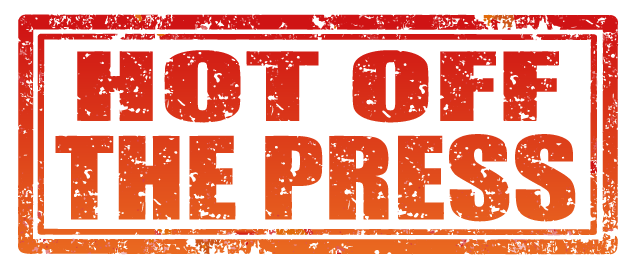Top Tips to Avoid Heating Oil Runouts in Your MA or CT Home
The first rule of oil-fired heating is a basic one — don’t run out of oil! However, for many homeowners here in Western Massachusetts and Northern Connecticut, this is easier said than done. At PayLessForOil.com, we understand that you lead a busy life, which is why we are committed to helping you keep your oil tank in great condition with a few industry-approved tips to help you keep your oil tank levels in check! Read on to discover a few ways to avoid an oil runout or heat-loss emergency and what to do if your oil tank accidentally runs dry.
It Pays to Plan Ahead
Prevention is key when it comes to ensuring you don’t run out of heating oil. PayLessForOil.com recommends ordering your heating oil when your gauge is on ¼ of a tank. At this level, a 275-gallon tank will have about 70 gallons of oil remaining, and a 330-gallon tank will have about 80 – more than enough fuel to keep you warm until your delivery arrives. This will save you money and help keep the heat on when you need it. Plus, enrolling in a service plan with us can help prevent issues that may increase your chances of an oil runout.
Related Post: How to Read Your Oil Tank Gauge
How to Reduce Your Risk of an Oil Runout
1. Keep an eye on the weather
If you know a storm is coming, check your fuel oil storage tank to make sure you’ll have enough home heating oil to get you through the storm. Nothing is quite as stressful as wondering if your heater or water heater will continue to stay on during unpredictable storms here in MA and CT.
2. Install a programmable thermostat in your home
Having a programmable thermostat will help you reduce your fuel oil usage, helping it to last you longer and provide more sustainable heat. You can program your thermostat to reduce the temperature by a few degrees when you’re sleeping or away from the house, giving you more range per tank of home heating oil you order from PayLessForOil.com.
3. Regularly check tank levels
If you are on will-call oil delivery because you prefer to manage your own fuel storage tank levels, be sure to check your tank gauge regularly so you know when you’re starting to run low. Please remember that to account for delivery schedule, you should order oil when your tank is no lower than 1/4 full. And always remember, you can order oil easily on our website! We offer guaranteed delivery dates so that you can worry less about receiving your fuel on time.
4. Schedule annual routine preventative maintenance for your heater.
Booking an annual heating system tune-up is the best way for you to make sure your home heating oil furnace or boiler will work when you need it to. We recommend that our MA and CT customers book system tune-ups at least once per year by scheduling an appointment with our HVAC professionals.
What to Do When You Run Out of Heating Oil
Sometimes, oil runouts happen. To remedy the situation, get in touch with us right away for an emergency delivery. Once you’ve had your oil tank refilled, the next step is to hit the reset button. You should never hit the reset button more than twice; pressing it repeatedly can cause fuel to collect in the combustion chamber and lead to a potentially dangerous “puffback” situation. After you press the reset button, the furnace should start working again on its own. If it doesn’t, please contact us right away. We can “bleed” your fuel line to help restart your system.
Related Post: Summer Oil Tank Safety Tips
Need High-Quality Heating Oil? Order with PayLessForOil.com!
Don’t wait any longer to top off your fuel tank! Place an order today with our experienced heating oil delivery team to keep your heating system in peak condition. Not yet a customer? Fill out our online registration form here to get started.








